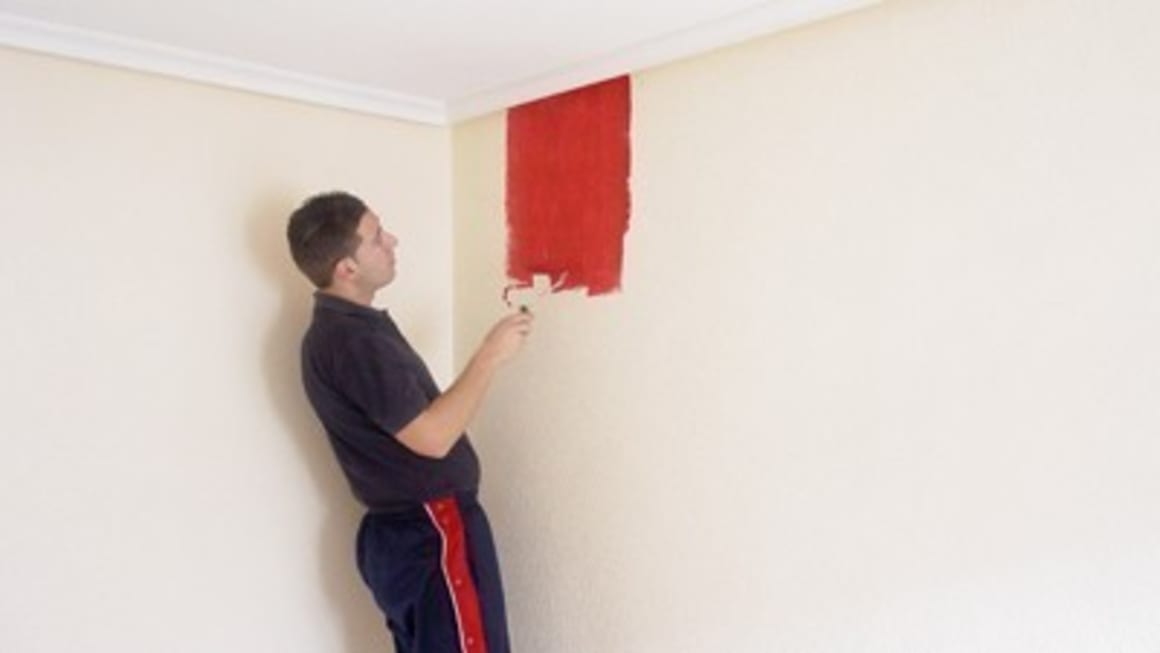Is your repair tax-deductible?

Nothing lasts forever, especially buildings, which is great news if you’re in the building industry but not so great if have to pay the bill.
Under Australian tax law a repair is not a simple matter of contacting a carpenter, plumber or builder to come and fix the problem and “Bob’s your uncle”. If you do more than merely repair the item and make improvements along the way, the expenditure is capital in nature and not a tax-deductible expense. There is often a fine line as to whether a job is one or the other.
What is a repair?
According to judicial authority, a repair is the replacement of worn-out parts with new parts in order to restore the item being repaired to its formal level of efficiency without changing its character. According to the Tax Office, “a repair for the most part is occasional and partial”.
With these rules in mind, if you plan to roll up the sleeves and do some repairs, make sure you merely restore the item to its previous condition by replacing any worn-out parts with new parts, and don’t improve its efficiency or change its character along the way. Otherwise the Tax Office could come down on you like a ton of bricks (excuse the pun!).
For example, suppose you decide to replace a couple of rusted galvanised roof sheeting with new ones. Under these circumstances, it’s clearly a repair, as you’re merely replacing worn-out parts with new parts and restoring the efficiency of function of the galvanised roof without changing its character. But if you decide to go the whole hog and replace the entire galvanised roof with terracotta tiles that are more efficient and durable, the expenditure is capital in nature and not tax-deductible. Although you’ve effectively fixed the problem, under tax law you’ve replaced the roof in “its entirety” and changed its original character. But all is not lost! If you can’t claim the expenditure as a repair, you can claim it under the capital works deductions provisions and write it off over a 40-year period at the rate of 2.5% per annum.
Initial repairs
There is a well-established principle under tax law that you can’t claim “initial repairs” Initial repairs are repairs you make to a newly acquired property that you intend to lease. For example, if you decide to spend $25,000 on fixing up faulty plumbing and painting all the faded walls to make your property more attractive to a potential tenant, the expenditure is capital in nature and not tax-deductible. This is because the need to do these repairs did not arise during the time you owned the property. But the good news here is if you can’t claim the expense as a repair, you may qualify for a tax deduction under the capital works provisions.
Jimmy B Prince is a tax specialist and author of Tax for Australians for Dummies and Property & Taxation (Wiley Publishing Australia Pty Ltd)